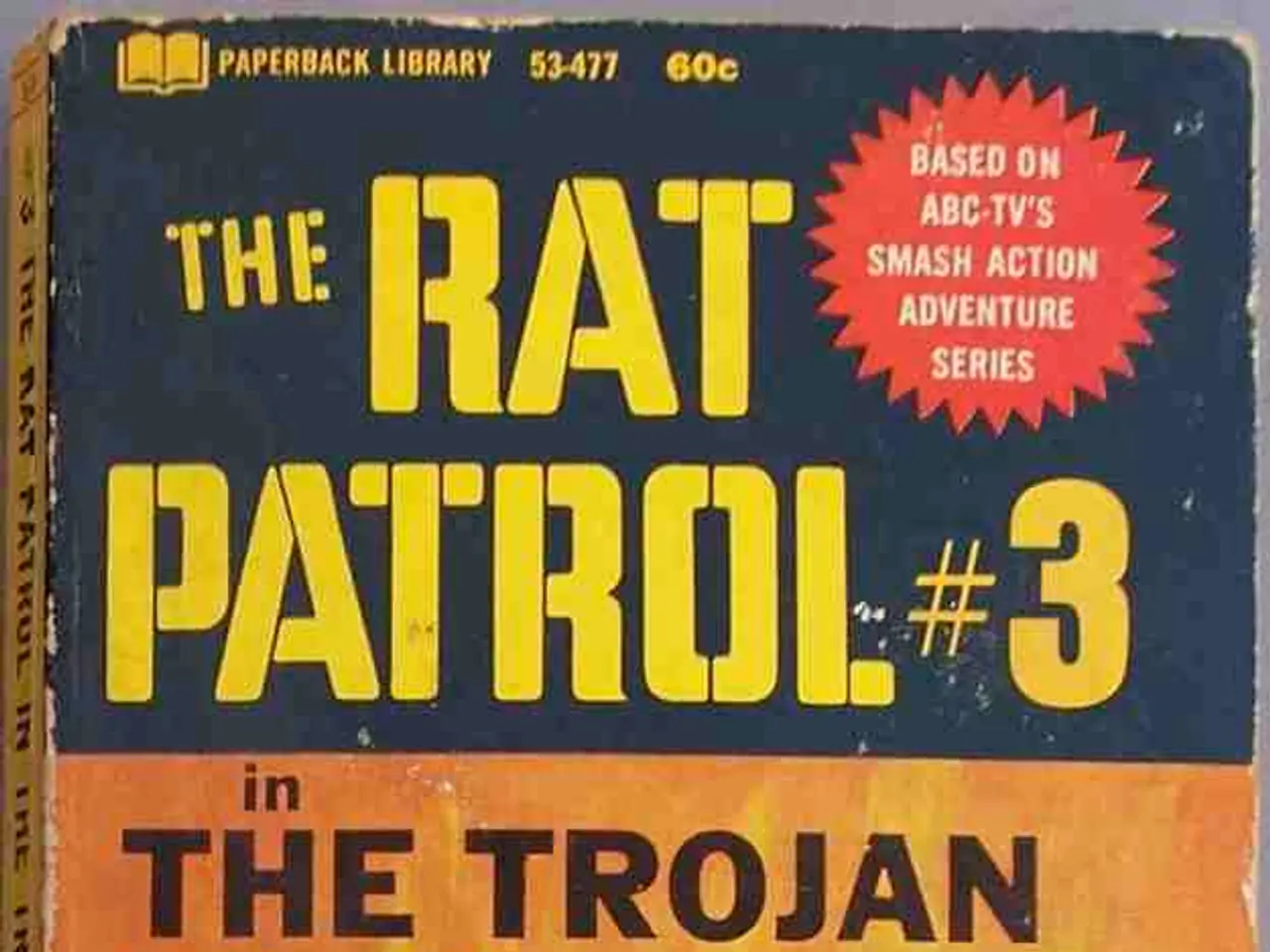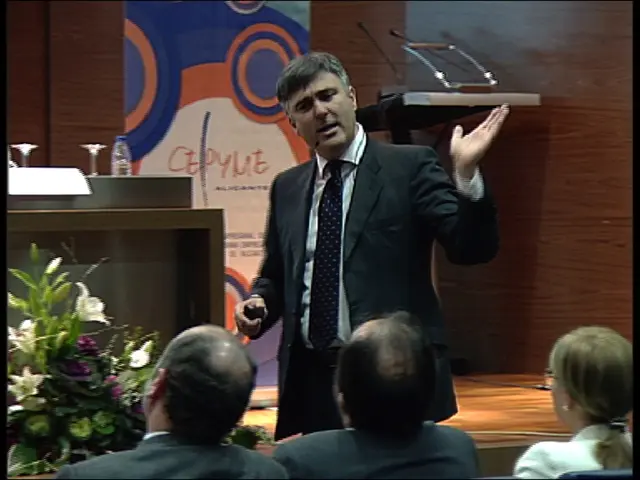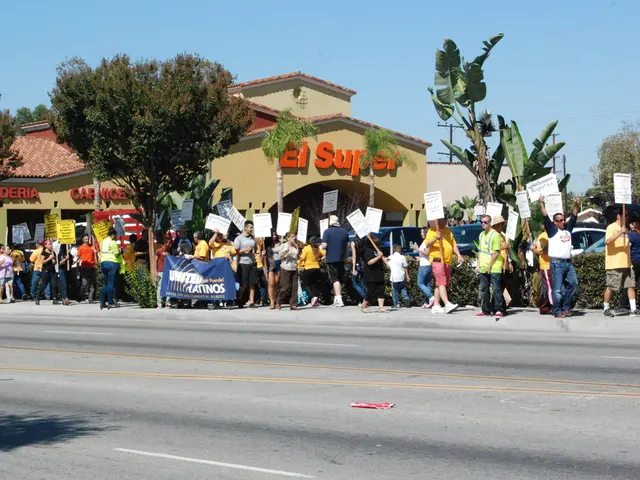Manhattan Project's Legacy: Ending WWII, Starting Nuclear Arms Race
The Manhattan Project, launched in 1942, was a top-secret US mission to develop the world's first atomic bomb. It involved immense funds and over 100,000 workers. The project was initiated to outpace Nazi Germany's nuclear ambitions, following warnings from leading physicists in 1939.
The project's first major success came in 1942 with the construction of the first functional nuclear reactor in Chicago. This achieved the world's first sustained chain reaction, paving the way for the creation of the atomic bomb. On July 16, 1945, the USA successfully tested the first atomic bomb at Los Alamos, New Mexico, under the codename 'Trinity'. This test, with an effect of around 20,000 tons of TNT, marked a significant turning point in world history.
The USA used these weapons in combat for the first time on August 6 and 9, 1945, dropping atomic bombs on the Japanese cities of Hiroshima and Nagasaki. This led to the end of World War II but also marked the beginning of the nuclear age and a massive nuclear arms race. The Soviet Union, spurred by the US tests, intensified its atomic weapons research, setting the stage for the Cold War.
Despite the devastating impact of these weapons, the nuclear threat persists. The 'Treaty on the Prohibition of Nuclear Weapons', adopted in 2017, has not been joined by any nuclear powers. Meanwhile, 'Downwinders', people exposed to radioactive fallout from US atomic tests, continue to fight for recognition and compensation decades later.
The Manhattan Project's legacy is complex and far-reaching. While it ended World War II, it also ushered in the nuclear age and the ongoing threat of nuclear weapons. The fight for recognition and compensation by Downwinders serves as a reminder of the lasting impact of these tests. Despite international efforts, the threat of nuclear weapons remains a pressing global concern.
Read also:
- Alcohol and Hormones - A Delicate Equilibrium Prone to Disruption
- Guidelines for resuming operations: Strategies for hotels to utilize their resources beneficially during the ongoing lockdown period
- Medical facility achieves $1.3 million annual savings on energy expenses and enhances patient comfort levels.
- DIY EpiPencil Challenges Mylan's $600 EpiPen Price Hike








